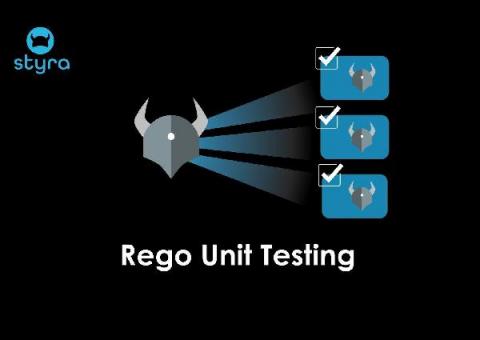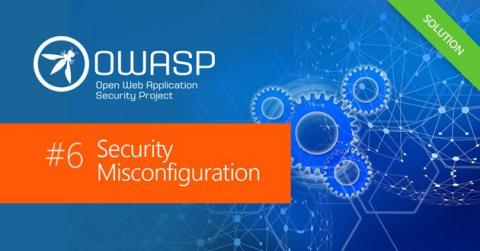How Machine Learning Can Help Your Company Fight Ransomware
First, what is ransomware? Ransomware is a form of malware that encrypts files on the victim’s machine and demands a ransom for restoring access to the files. The instructions on how to pay the ransom are put in a ransom note.









